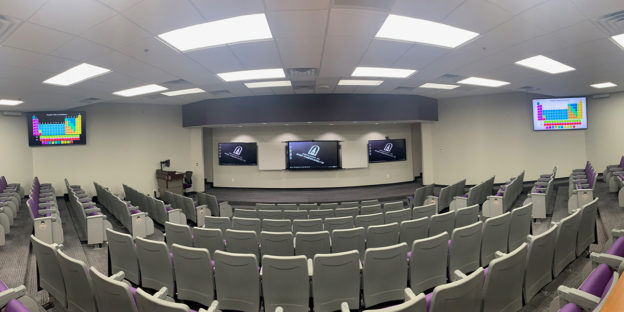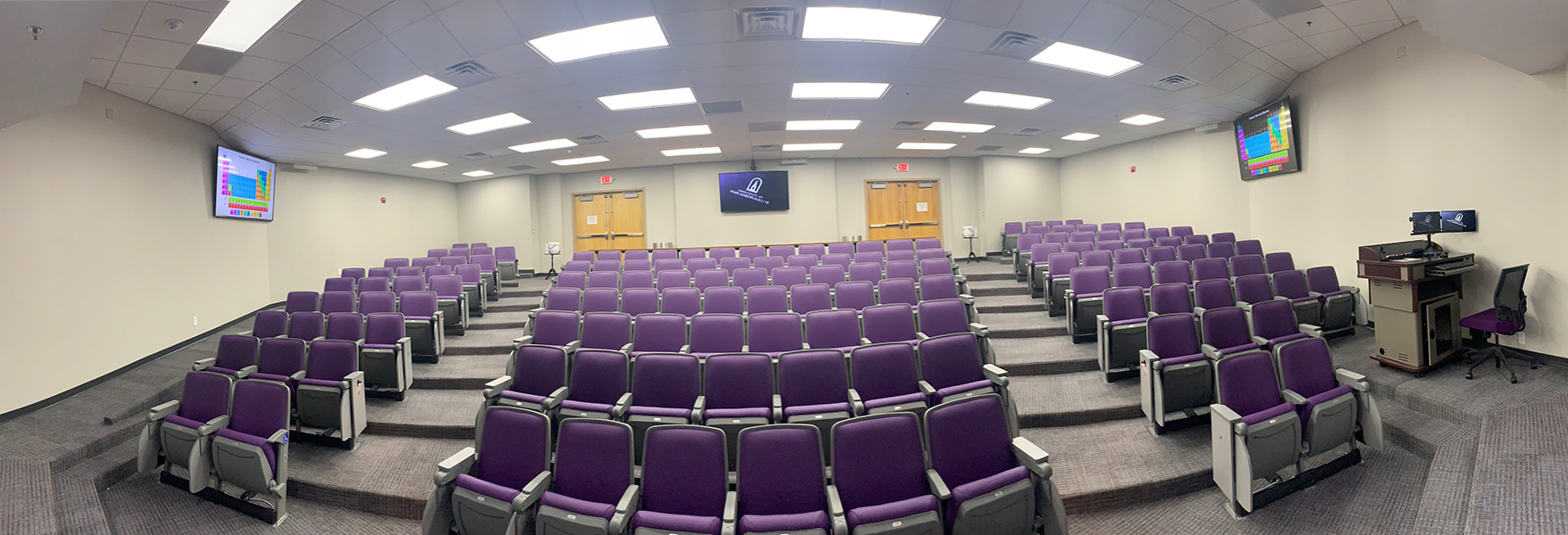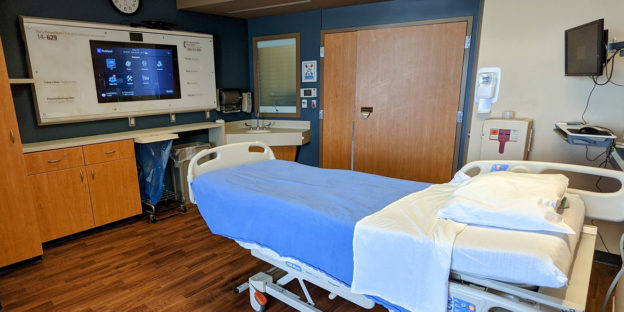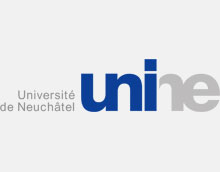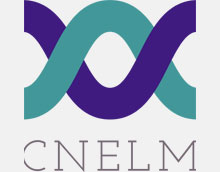This entry was posted in Array Microphones, Speech Recognition on May 31, 2024, by Acoustic Magic.
Creating Meeting Minutes Automatically with SoniClear Gov Recorder 10 and Voice Tracker III Array Microphone
SoniClear Gov Recorder is digital audio recording software trusted by government agencies and professionals for over 20 years to record government meetings. Gov Recorder 10—the latest release—integrates with SoniClear AI-powered Cloud Transcription Service to create government meeting minutes automatically. The powerful combination of Gov Recorder 10 software and the Voice Tracker III Array microphone ensures accurate transcription even in large rooms.
Record All Types of Meetings—Large or Small
![]()
SoniClear’s AI-powered recording software combined with the Voice Tracker III array microphone enables precise transcription in large rooms. By integrating the Voice Tracker III Array microphone with Gov Recorder 10, users can significantly enhance the accuracy of their recordings for government meetings. The Voice Tracker III is specifically designed to capture clear audio in small, medium, or large meeting rooms, using advanced array microphone technology to pick up multiple speakers throughout an entire room.
The Voice Tracker III simplifies recording in all types of room configurations, eliminating the need for several individual microphones to adequately capture all meeting participants. Users can connect the Voice Tracker III to a Windows recording computer with a single cable and USB audio adapter, streamlining the setup and reducing clutter. Gov Recorder 10 automatically detects the Voice Tracker III microphone when it is connected to the computer, allowing for immediate, one-click recording.
Superior Long-Range Accuracy
The Voice Tracker III microphone utilizes “beamforming array” technology with eight internal microphones to electronically focus on each person as they speak. It can instantly switch pickup direction as different people participate in the conversation, ensuring consistent clarity. The extended pickup range of the Voice Tracker III allows for recording from greater distances, making it ideal for large rooms and expansive meeting areas. Additionally, the microphone’s superior audio clarity and noise reduction capabilities ensure every detail of the meeting is captured with precision, even in the presence of background noises like air conditioners.
Versatile and Easy to Use
The Voice Tracker III is 22 inches long, 5 inches high, and 2 inches thick, resembling a video system soundbar. It can be permanently installed or easily moved from room to room, offering versatility for various meeting locations. This makes it perfect for council chambers, boardrooms, and meetings held in different on-site and off-site locations.
Create Meeting Minutes Automatically
SoniClear Gov Recorder 10 records using the Voice Tracker III microphone and automatically translates speech into nearly finished minutes. Gov Recorder 10 combines the agenda packet information and sends it to the integrated SoniClear Cloud transcription service. The transcription process then generates a draft of summary minutes, action minutes, or verbatim minutes appropriate for government applications. The high intelligibility of the Voice Tracker III microphone and the advanced AI features of Gov Recorder 10 speed up the production of government meeting minutes, improving organizational efficiency.


